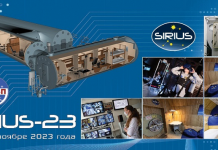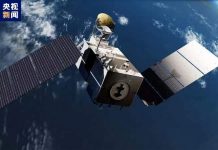NASA exercises to prevent an asteroid attack on Earth ended in the conditional destruction of Europe
During a conference on planetary defense organized by the United Nations, representatives of leading space agencies proved that there is no technology on Earth to prevent a collision of our planet with an asteroid. According to NASA, a catastrophe will inevitably happen even if it takes six months to prepare to repel it.

Interestingly, the point is not even the lack of technology, although this is the main thing. The governments of the world’s leading powers were not ready to repel the disaster and mitigate its consequences. “If we were faced with a scenario in real life, we would not be able to launch a spacecraft in such a short time with the current capabilities,” – said the participants. This circumstance inevitably leads to the second decision – to the total evacuation of citizens from the zone of possible defeat. And at this stage, the lack of assembly of the authorities puts an end to the entire project.
By the way, the level of organization of the fight against the COVID-19 coronavirus pandemic in Europe speaks for itself. There is a strong impression that only China and a few other countries are ready for such hyper-scale events, which cannot but cause concern for anything bad that might happen in the future.
“These exercises ultimately help the planetary defense community communicate with each other and with our governments to ensure that we can all coordinate if a potential collision threat is identified in the future, ” the report said.
Elon Musk commented on the conclusions made at the conference by stressing the importance of building larger and more advanced missiles. One of SpaceX’s Starship tasks in the future may well be an operation to repel an asteroid collision.
In the meantime, together with European colleagues, NASA is preparing for a test mission of the Double Asteroid Redirection Test (DART) system to change the trajectory of the asteroid softly. At the end of 2021, an impact probe will be launched towards the asteroid Dimorfos. In the fall of 2022, the mission spacecraft will reach Dimorfos and attempt to change its orbit. In 2024, CubeSats will be launched towards the asteroid to assess the impact of the satellite on the asteroid, and the project as a whole will be assessed.



